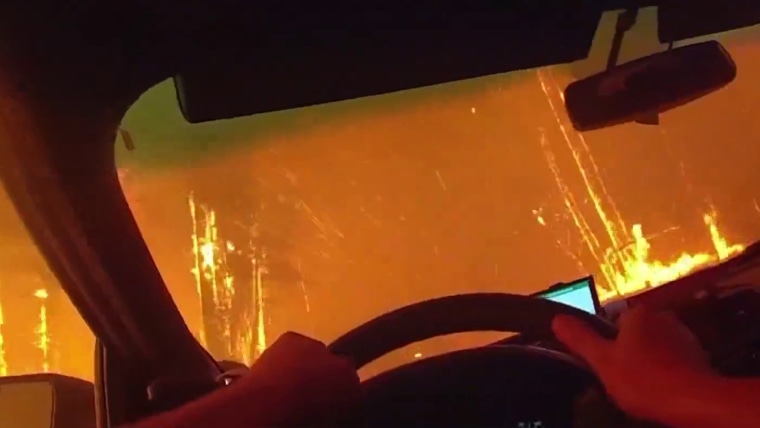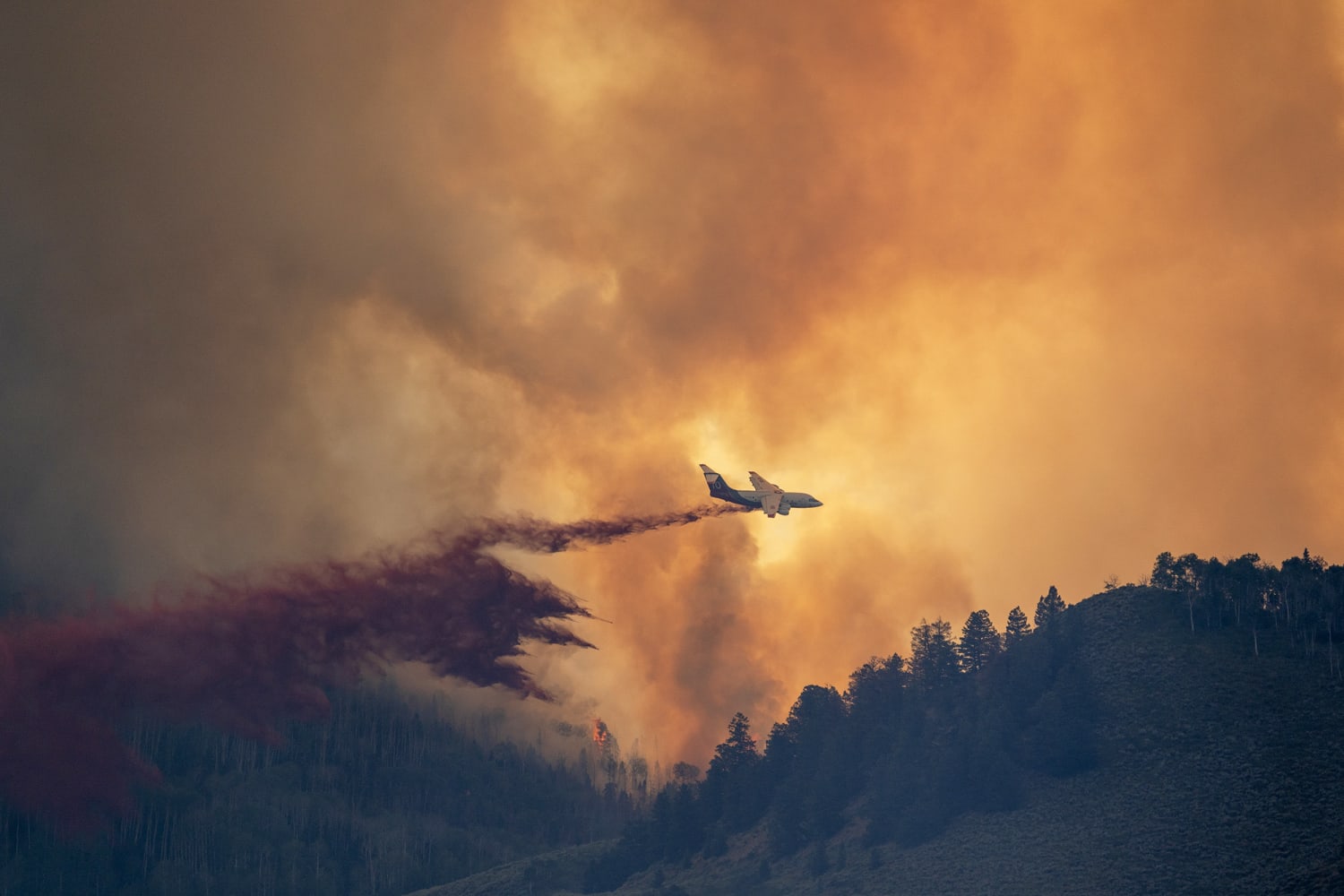Increases in wildfire smoke are reversing decades of improvements to air quality in some parts of the U.S., according to new research led by Stanford University and published Wednesday in the scientific journal Nature.
Scientists evaluated more than two decades of satellite and air monitoring data to assess the concentration of tiny particles within wildfire smoke and how they affected air quality. The research finds that wildfire smoke is a growing source of pollution the U.S. is struggling to control.
Wildfire smoke made an imprint on pollution trends in three-quarters of all U.S. states, the research found.
In those states, “wildfires have undone 25% of previous progress” that resulted from the Clean Air Act, said Marshall Burke, an associate professor at Stanford University and the study’s lead author. “In half a decade, we’ve ripped out really a lot of the progress we’ve seen over multiple decades before.”
The research comes as wildfires have made headlines across the U.S., killing at least 97 people in Maui, Hawaii, in August and blanketing the East Coast with smoke in June. This year qualifies as the worst year on record for wildfire smoke exposure per person in the United States.
The study evaluated the patterns of wildfire smoke using data from 2000-2022. Researchers noticed a shift in the overall trend beginning in 2015.
“You can see around 2015, something seems to change,” Burke said. “We had seen steady progress in most of the country and then something changes. It slows, or mainly in the West, it starts to reverse.”
Wildfire smoke exposure can cause significant health problems. Small particles in wildfire smoke penetrate deep into people’s lungs and can circulate in the bloodstream. They can increase risk for asthma, lung cancer and other chronic lung problems. Wildfire smoke is associated with preterm birth and pregnancy loss.
The Clean Air Act was passed in 1963 to regulate air pollution and set standards for air quality. The Environmental Protection Agency has used the act to enforce new regulations on industry, which has reduced pollution from power plants and industrial sources. The act has ushered in decades of air pollution progress.
Wildfire smoke — one of the fastest-growing sources of pollution in the U.S. — is not regulated by the act, except for prescribed burns, which are used to intentionally treat forests and reduce future risk of wildfire.
A combination of factors has led to the increase in wildfire smoke. Decades of aggressive fire suppression policies have allowed fuels to build up on the landscape, priming fires to burn bigger and more intensely. Climate change is shifting precipitation patterns and increasing temperatures, which means those fuels are more likely to dry out and carry a spark.
Burke said the Clean Air Act is still reducing other sources of pollution effectively.
“If it wasn’t for wildfires, our air quality would continue to get better,” he said.
Source: | This article originally belongs to Nbcnews.com











